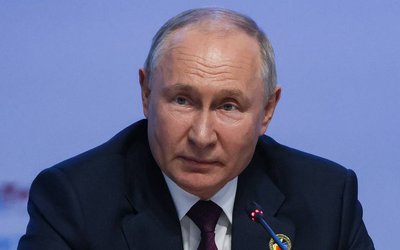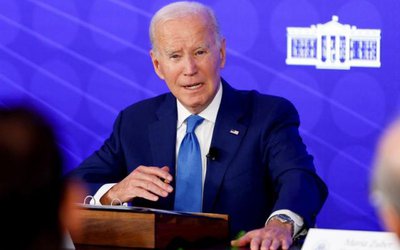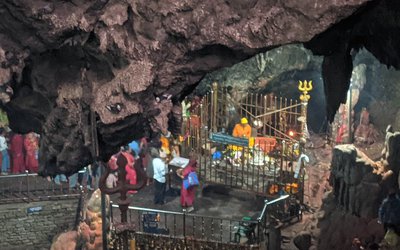
Fireworks lit the sky as an ecstatic crowd gathered outside the Constituent Assembly (CA) hall started singing and dancing. People lit diyos in different parts of the country and jubilant crowds that had gathered in public places burst into celebration as soon as the announcement was made.
These were the scenes when Nepal announced the promulgation of a new constitution, hailed as the ‘first’ constitution drafted by the ‘people’. Atmosphere was abuzz with congratulatory messages and talks of how the new constitution would guarantee the end to Nepal’s problems. But as the country drafts its seventh constitution in seven decades, a dark cloud of doubt still hovers around the long-elusive stability especially in light of the on-going violent protests in Terai.
Whether the constitution will be able to provide solution to the long-running socio-economic challenges and political upheaval remains to be seen. While some countries have achieved the desired results many countries have descended into violent chaos in the post-constitution promulgation phase. Nepal stands equally on fragile grounds. As the country prepares itself to embrace a ‘revolutionary’ constitution, it could definitely draw lessons from others.
One country that Nepal can draw parallel with is Bolivia. One of the poorest countries in the South American region, the land-locked Bolivia shares significant commonalities with Nepal in terms of geography, poverty level (until recently) and the process of constitution drafting. Having undergone the drafting process from 2006, the constitution, the seventeenth in the country’s history, marked a big change in the political and economic system: the indigenous people, who were long excluded from the decision making, were given rights, the different regions were given autonomous powers, and the country was declared secular – all of which bear striking resemblance to the new constitutional provisions of Nepal.
Ratified by a democratic process by about 60 percent of the population, many feared that the new constitution would lead to dogmatic socialism and authoritarianism. Six years down the line, the constitution has brought about major development strides across the country. In contrast to the military coups and constant political turmoil in the past, it has ushered in political stability. Economy has witnessed a big boom with the once-impoverished nation recording a staggering growth of 6.9% last year compared to 4.2% a decade earlier. The extreme poverty rate, which stood at 38.2% last year is half of the 2005 figure. The political system has been much more democratic thanks to the new constitution which allows the indigenous population to enjoy their political rights thus bringing to an end a long struggle to empower the common people of the country.
So what did it for Bolivia? It was the leadership of charismatic leader Evo Morales. He played a vital role in the promulgation of the new constitution. Despite having ensured unprecedented rights for his own race, Morales ensured that the country did not descend into a racial battleground by striking a balance between the indigenous and the non-indigenous population. He has taken stern steps at times and has sometimes relied on his prudent economic/political approach to maintain peace.
Thanks to his leftist yet pragmatic economic policies which have attracted a huge number of foreign investors, Morales has consolidated his support and power base even amongst the wealthier non indigenous population from lowland regions who once despised him for nationalizing major industries. In 2008, when there were movements for greater autonomy in the same region, moral support of the majority allowed him to crush the movement and expel its leader. But he was accommodative too. Morales ensured that the constitution, which recognises Bolivia as a plurinational state, provided a large degree of municipal, provincial and indigenous autonomy to different regions.
A key factor behind Morales's stupendous success in maintaining stability in the post-constitution promulgation phase was that he effectively thwarted foreign interference. Despite being sandwiched between regional giants Brazil and Argentina, who have always vied for influence in the country, Morales used his leverage as an important oil exporter to keep his neighbours’ influence under check. He has been particularly vocal of US’s interventionist approach and in a bold move in 2013, even expelled the USAID -- which was pouring billions in the country -- accusing it of hatching conspiracies to destabilise Bolivia.
As Nepal braces itself for a new political scenario following the CA-announced constitution, it is continuously being haunted, on one hand, by a leadership vacuum and unprecedented foreign meddling, on the other. Bearing a lot of commonalities with the Bolivian constitution, the Nepali constitution perhaps needs a leader matching the stature of Morales to guide the country to stability. Else, the new constitution will end up yet another experiment in the seemingly never-ending experiments in a country that has seen seven constitutions in seven decades.
- Ukrainian Crisis And The World (Dis)Order
- Apr 22, 2022
- China’s Cautious Steps In The Graveyard Of Empires
- Aug 18, 2021
- Foreign Aid On The Fence!
- Aug 08, 2021
- Communist Party of China centenary celebrations Reading between the lips
- Jul 14, 2021
- Second Wave Of Covid-19 In India: Deadly Blow To The Economy
- Jun 23, 2021

















